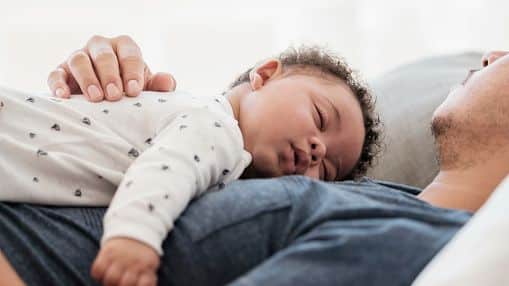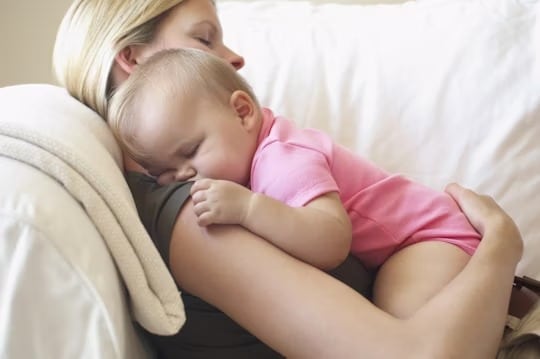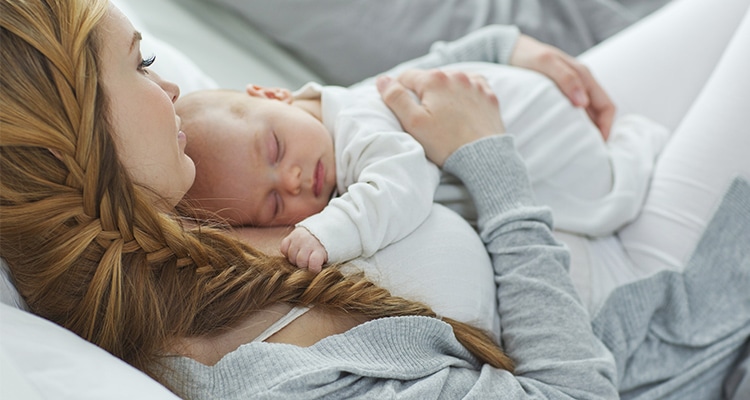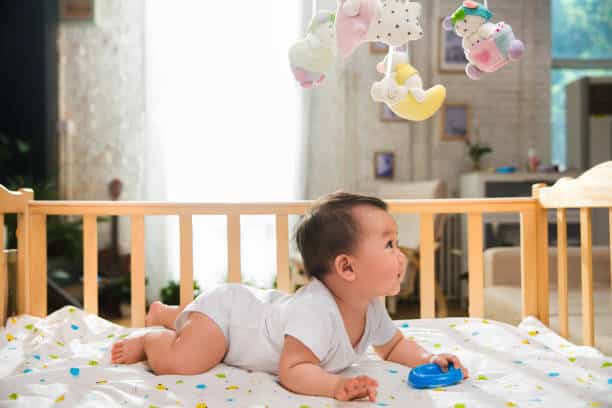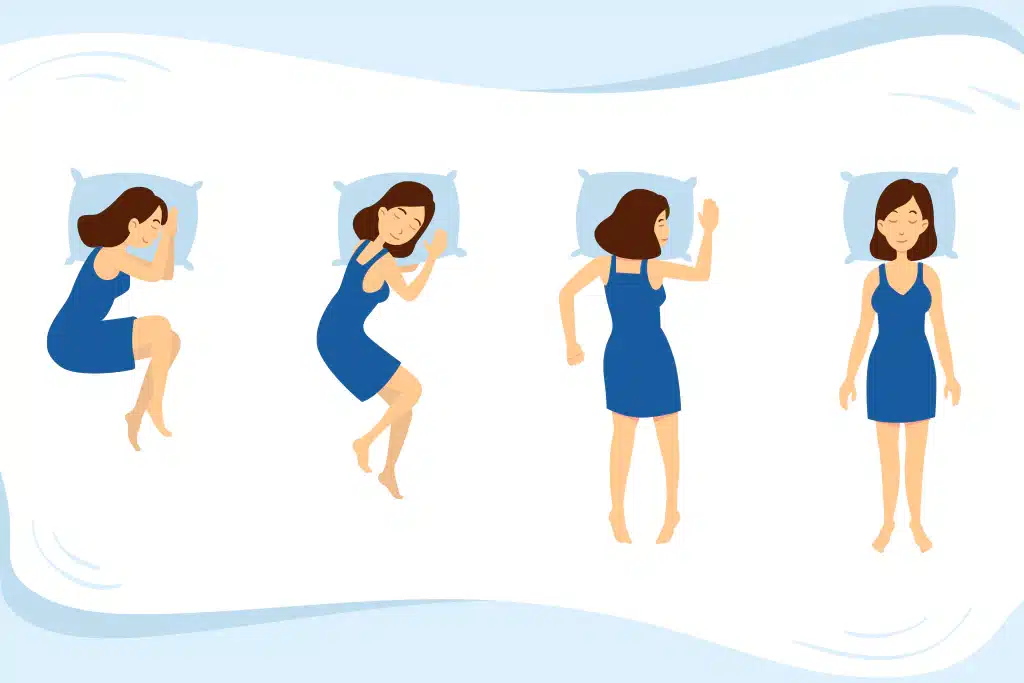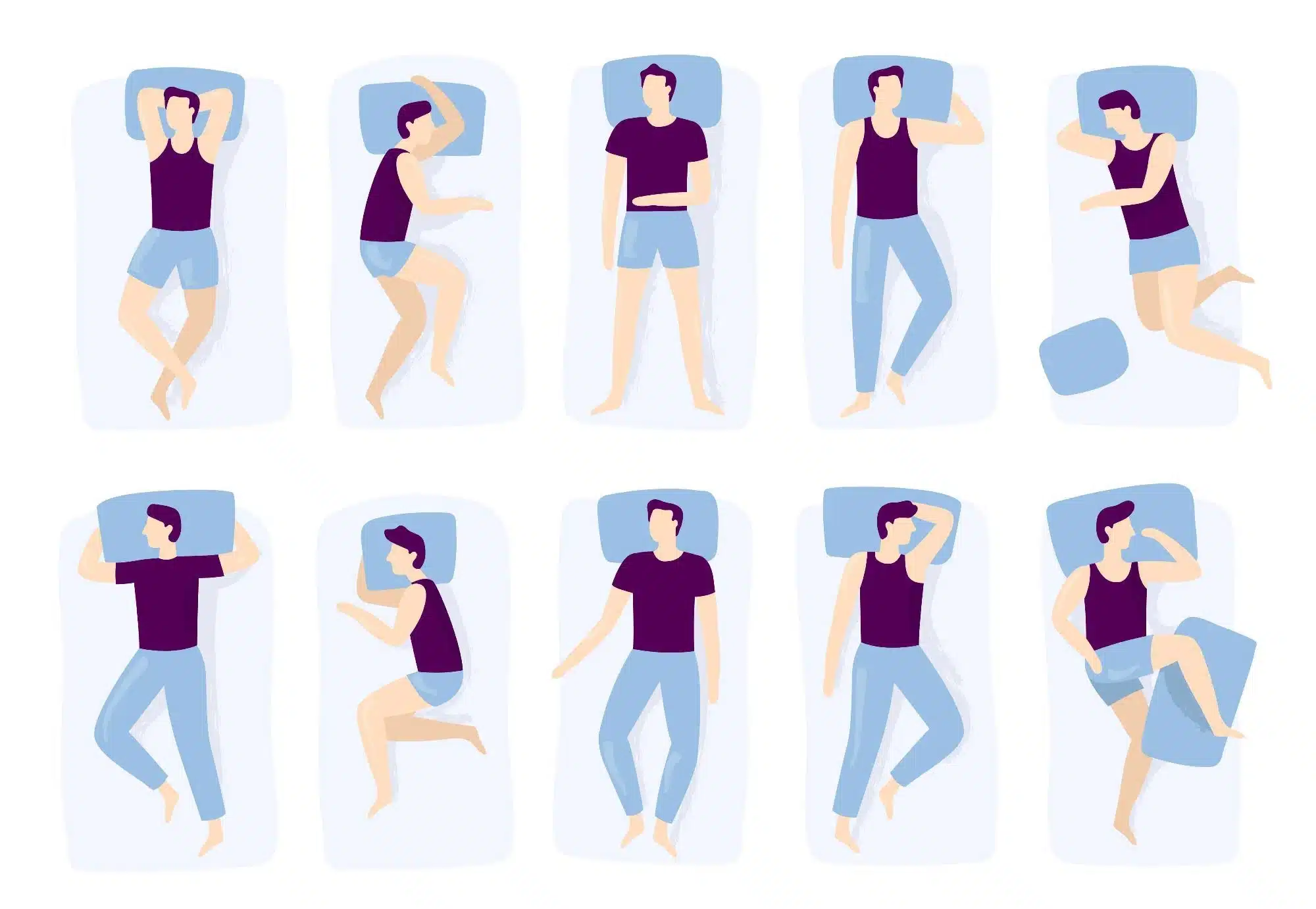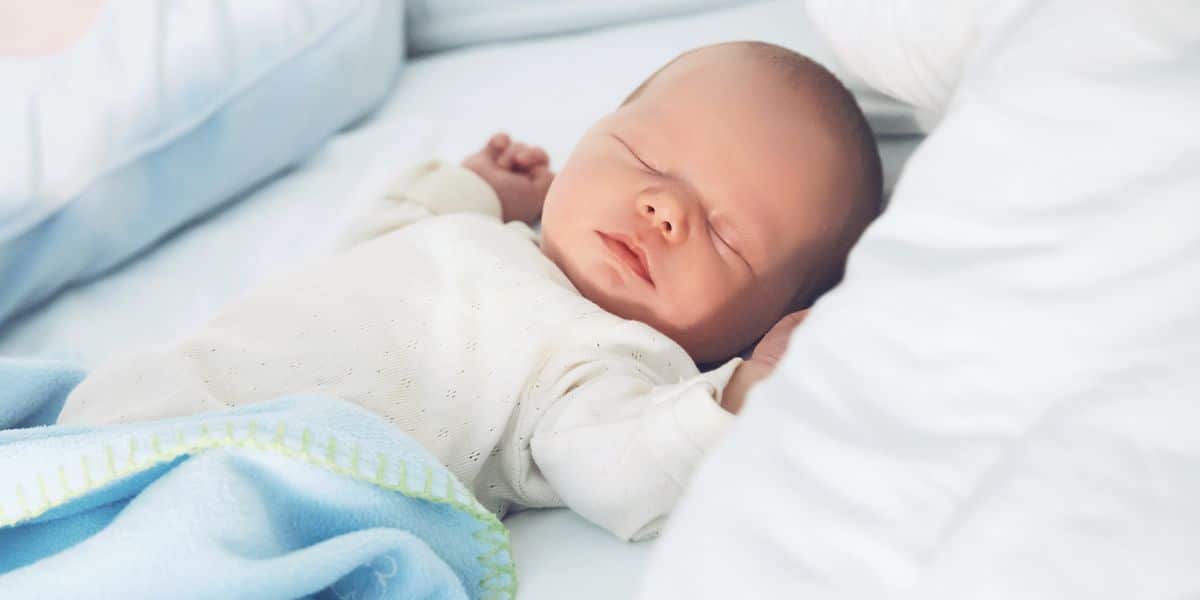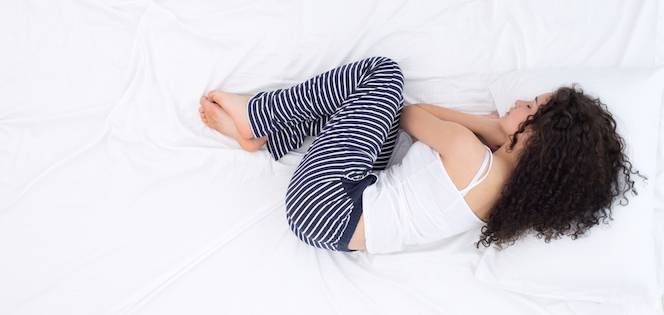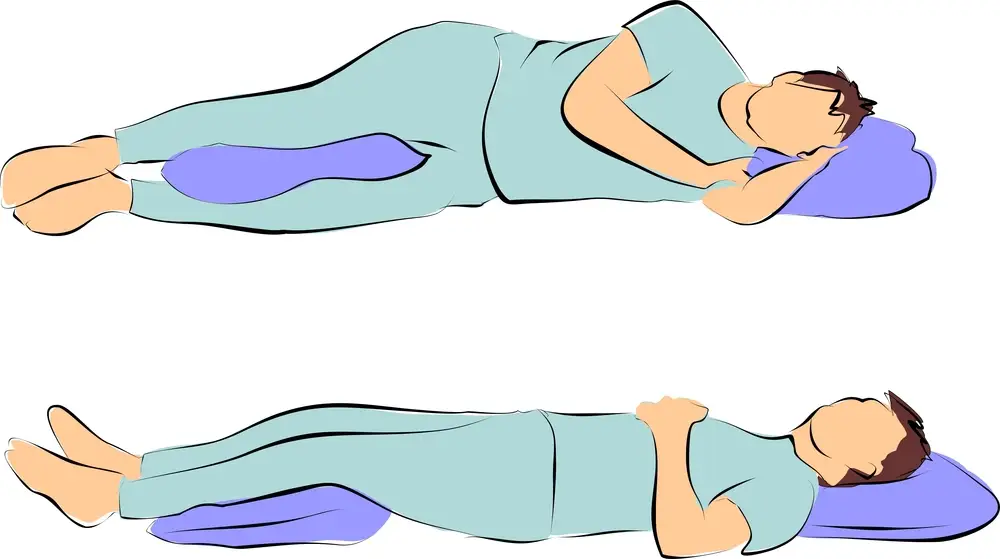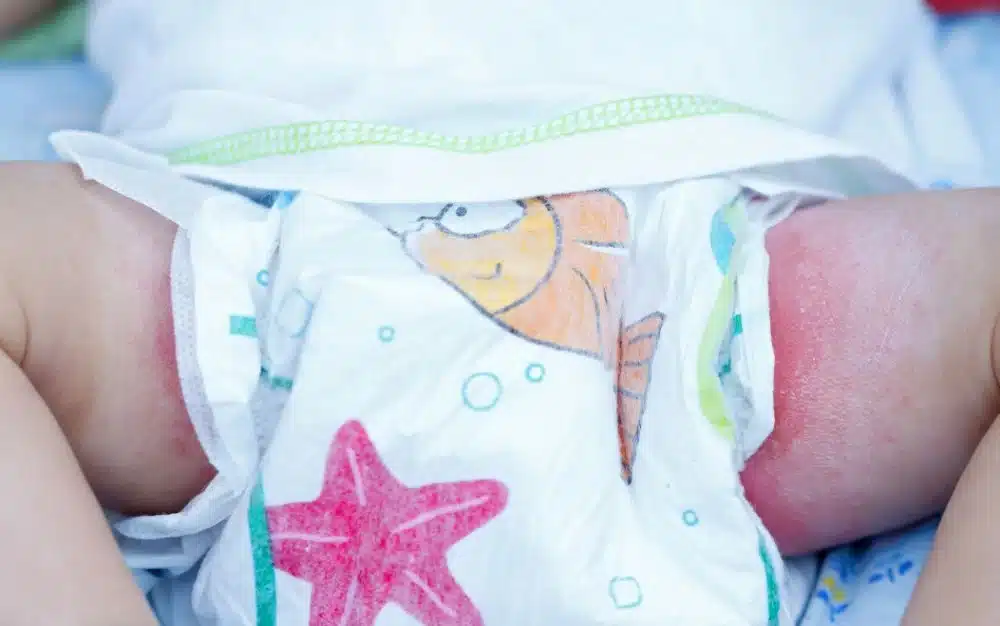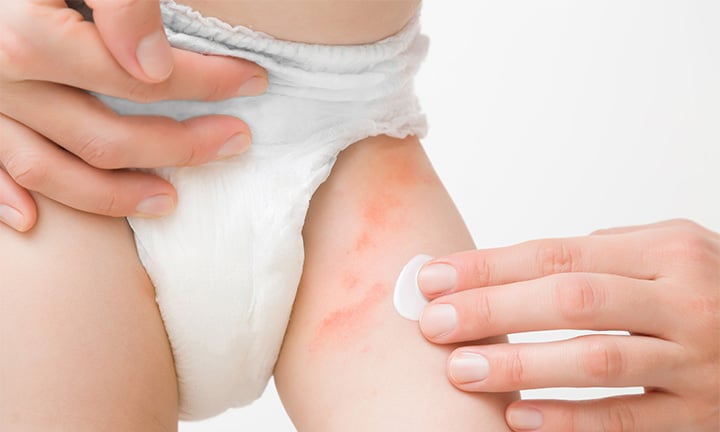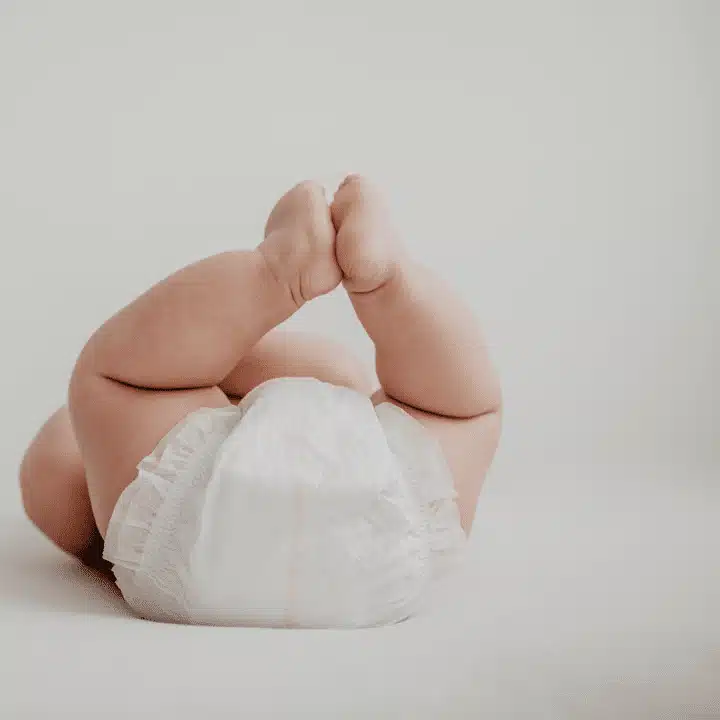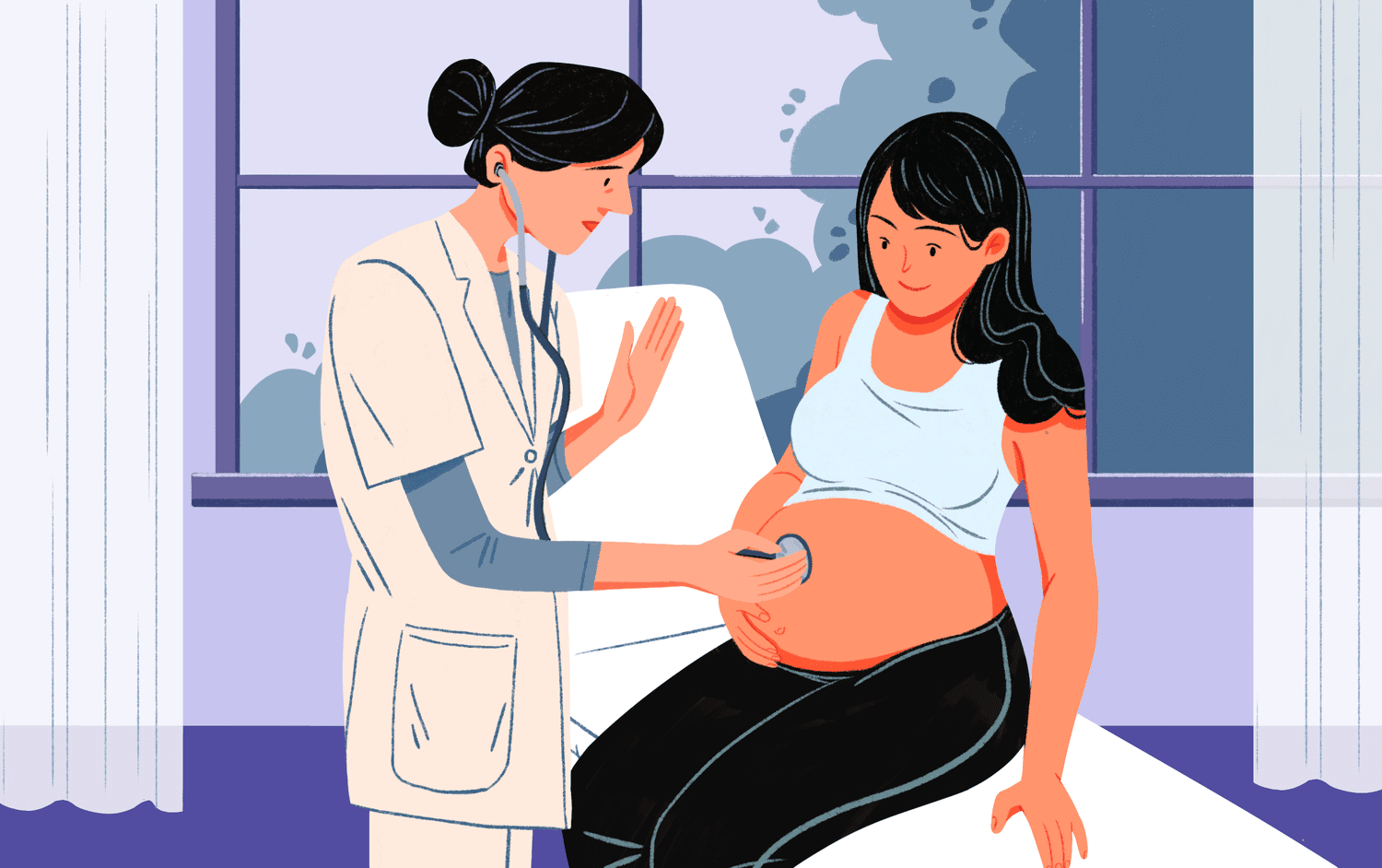We all know that mums work hard. They’re carers, chefs, drivers, cleaners, and so much more. Did you know that according to a study in 2018, working mums rack up 98 hours per week? That is roughly the equivalent of two and a half full-time jobs week in, week out.
It’s an incredible gift to raise and nurture children but when you’re always on the clock it’s no wonder mums can feel burnt out. We’re here with some handy tips to help you save some precious time so you can relax and practice some self-care. You can’t pour from an empty cup as they say.
It’s no secret that children aren’t the tidiest people, but if you’re spending all evening once they’re in bed tripping over toys it’ll raise your stress level. One way to reduce mess is to pack up each activity before you move onto the next.
This sounds easier said than done but treating it like a game can help with younger children. For example, you could get them to identify the objects in size order, packing them away as they go.
Using notebooks and calendars is another way to save time. Having a calendar with everyone’s commitments on clearly can help you all get ready in advance. For example, you can prepare uniforms or clothes for activities the night before to save any morning rush.
Keeping a notebook by the fridge means you can create a shopping list gradually as you notice you’re running low on items instead of having to go through the whole kitchen before you head to the supermarket.
Work Faster in the Kitchen
When you have young children, especially if they’re picky eaters, it’s quite possible you’ll end up cooking more than one meal maybe at different times so it’s important to find ways to cook quickly. For example, if you don’t already have one, a slow cooker can be an incredible investment to save time.
Throw all your ingredients into it in the morning then in a few hours it’ll be ready to dish up. Once you’ve served the children you could always then add some extra spice for the adults and have yours later. Just make sure you don’t keep taking off the lid to check it as it takes 30 minutes to make a seal, you have to trust the process.
Cooking in a big batch such as in the slow cooker also means extra meals in the fridge or freezer that only need re-heating saving time at your next dinner.
We’re sure that you want to make sure fresh fruits and vegetables are always available so you and your kids are getting your vitamins and minerals but prepping it can be a big time drain. It is more expensive but if your budget can stretch to it, buying pre-prepared fruits and vegetables can let you offer a wide range without all the tedious peeling and chopping.
If your children like to be with you at all times, setting up a small table in the kitchen if you have the space can let you combine cooking prep with an activity for them while they still stay close to you.
Don’t be Afraid to get Help if you Need it
If you’re having a hard time juggling everything, why not get someone in to take the cleaning off your hands? It’s likely to be more affordable than you’re expecting, and you’ll be amazed at how much time you save if you’re not chasing your tail keeping the house clean.
We recommend finding a company specialising in NJ residential cleaning who have great testimonials so you can feel safe letting them into your home. Taking hoovering, dusting, sweeping, mopping, and scrubbing off your to-do list could be the best time saving hack of all!








